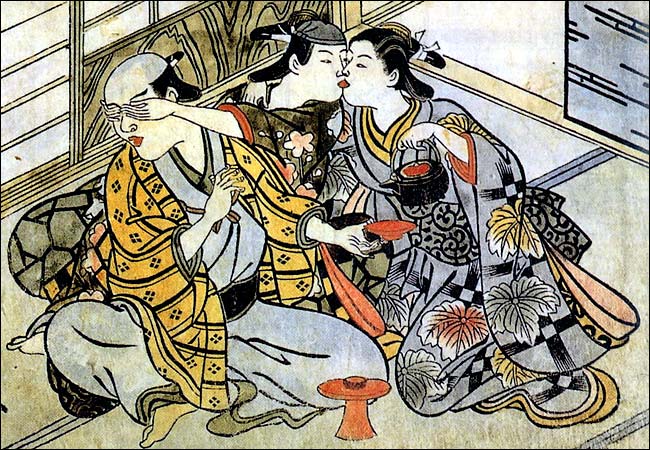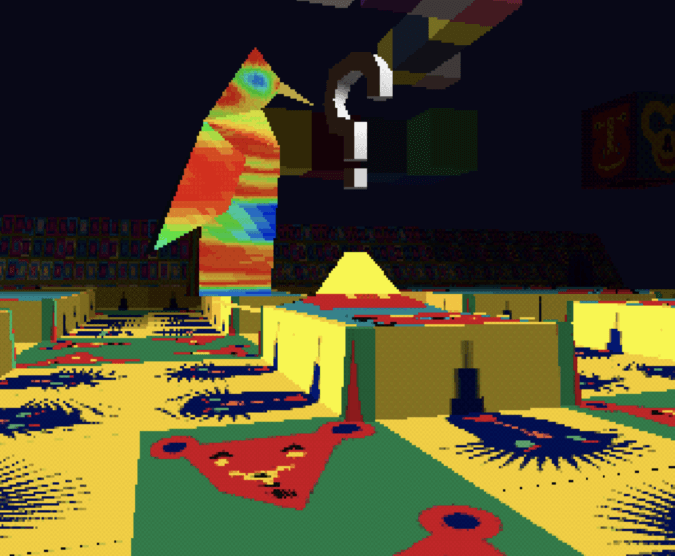A Collaboration of Traditions in the Beautiful Land of Mie
Boasting world-class industries, this prefecture of ancient allure is celebrated for more than just its lush nature.
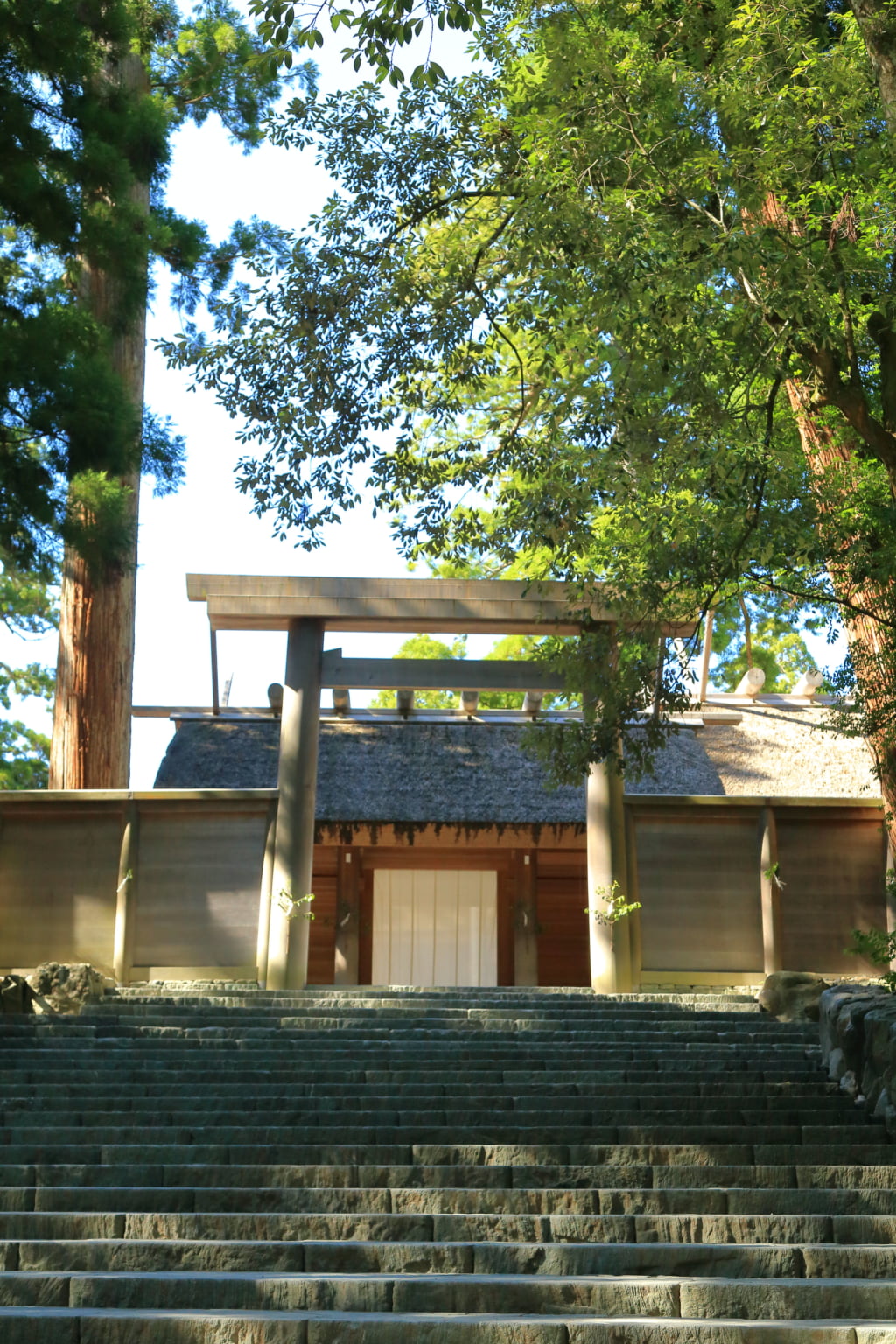
The inner shrine of Ise Jingu, the main shrine where Amaterasu Ookami is enshrined. The area is filled with a dignified atmosphere. It is a famous spot that represents Mie, and this area, intimately called ‘Oise-san’, has always had many visitors since long ago. ‘Jingu’ is the official name of Ise Grand Shrine and the name that refers to all its 125 shrines, including the inner and outer shrines. Photo Provider: Jingu Chief Priest
The prefecture of Mie has many popular spots, such as Ise Grand Shrine—attracting well over ten million visitors a year—the Kumano Kodo, and Iga Ueno Castle. Along with these appealing tourist attractions, Mie is also blessed with abundant, delicious foods, such as Matsusaka beef and Japanese spiny lobsters. Mie is known as ‘Umashi Kuni (beautiful land)’, as that was what it used to be called in the Nihon Shoki, but the title’s meaning is not limited to the land’s rich waters and mountains. It contains a wider significance than simply being ‘a place of beauty and fulfillment.’ It was an important foundation during the development of Japanese culture, and, in fact, all kinds of traditions and local industries have been nurtured throughout Mie Prefecture.
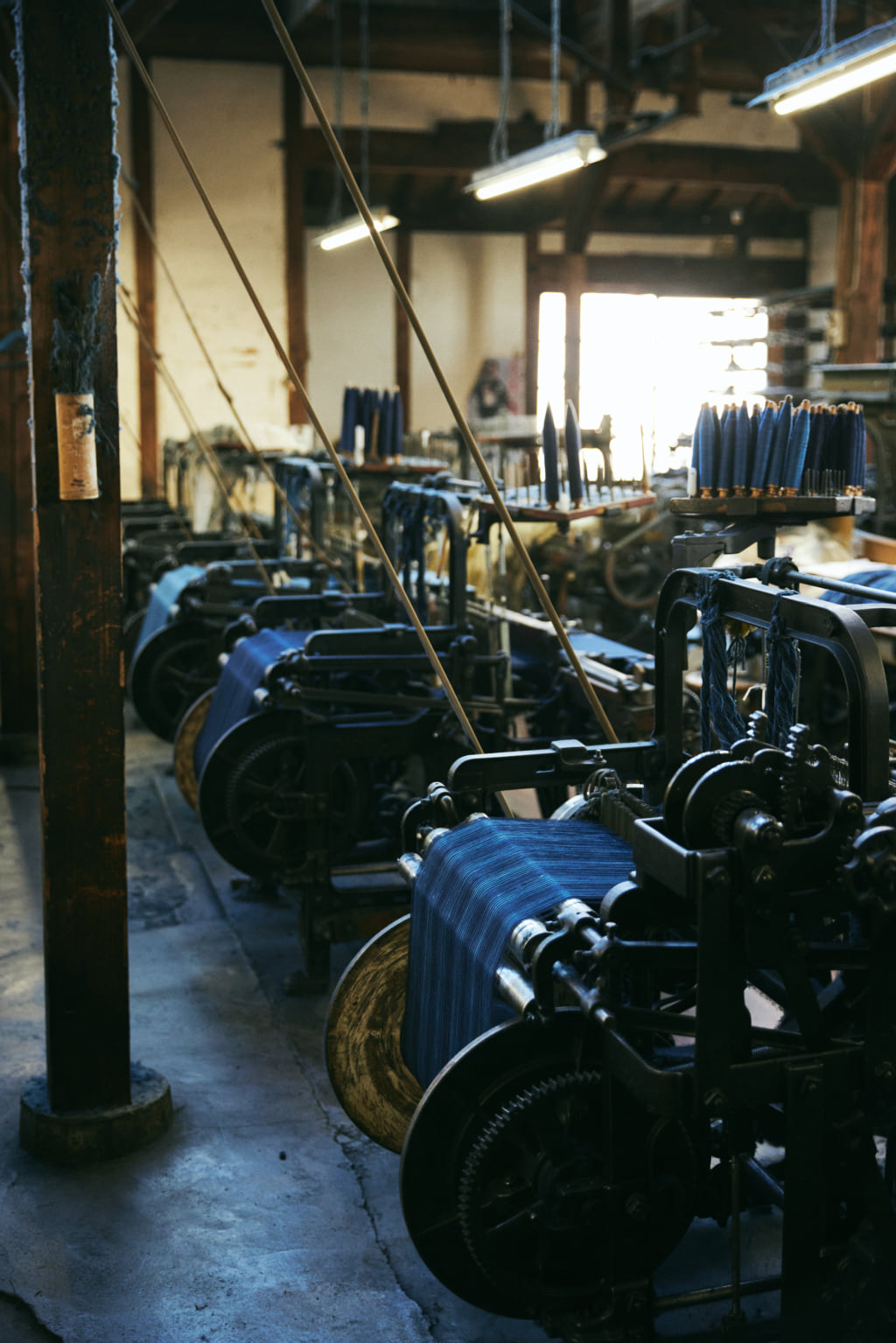
The operating machines in the factory are mostly weaving machines from 1955. ‘It’s because they’re old machines that we fix them and use them for many years,’ says President Nishiguchi.
Matsusaka cotton, sensationally popular since the Edo Period, is one such example. ‘Matsusakajima’, a stylish pattern shaded with indigo-dyed threads, spread in popularity and was said to sell over 500,000 tan (~3,030,000 metres) every year when Edo had a population of just 1,000,000 people. The spinning and weaving technology has been passed down by Matsusaka for over five centuries. As of now, ‘Miito Orimono’, founded in 1874, is the only manufacturer of weaving machines. If you look around the workshop, you will see rows of antique weaving machines, used since the Showa Period.
‘Modern machines weave fabric so neatly that they can’t reproduce the unique texture of Matsusaka cotton,’ says Mr. Yuya Nishiguchi, the sixth president. They have inherited the tradition of Matsusaka cotton to the finest detail.
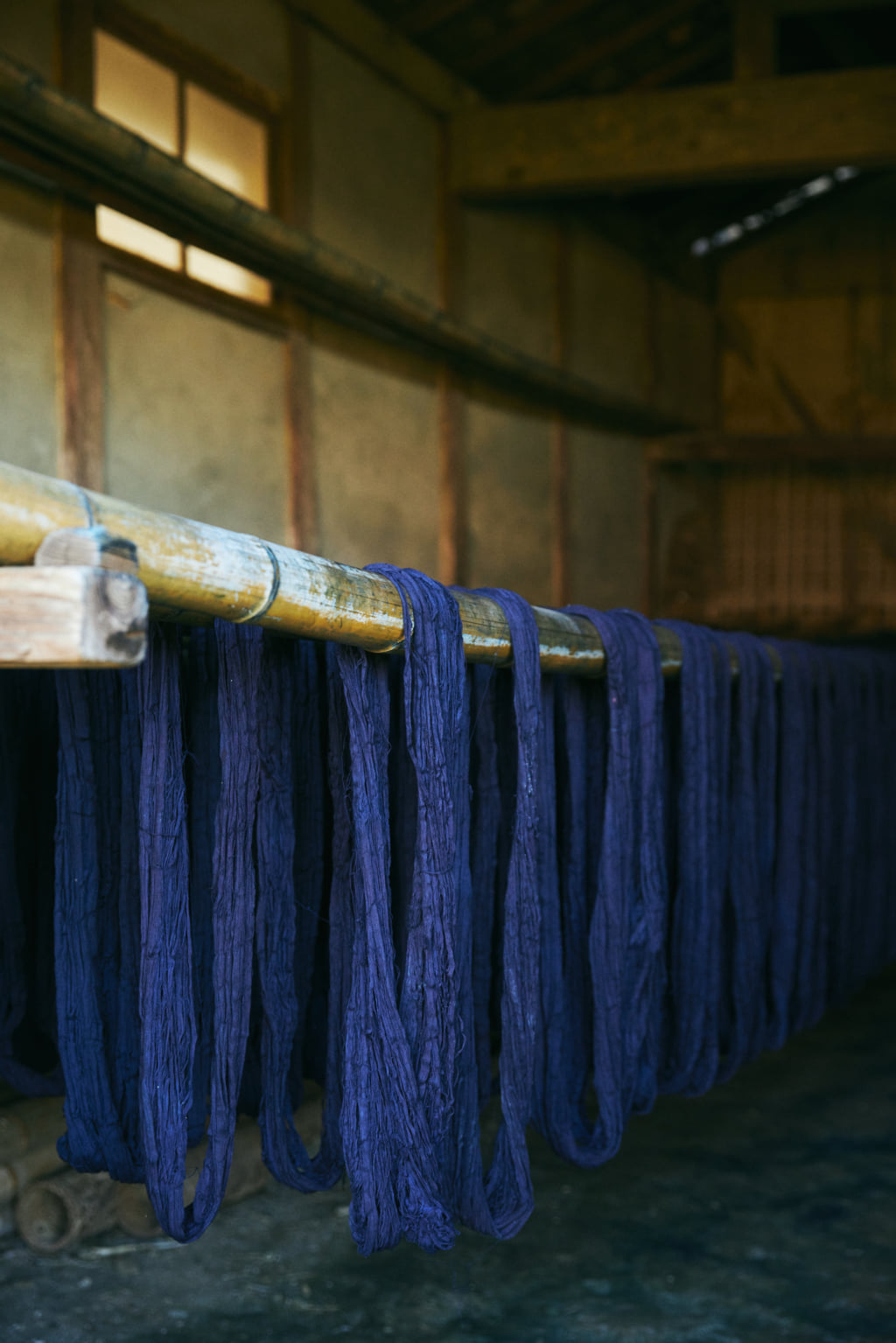
One of the traditional characteristics of Matsusaka cotton is the use of natural indigo-dyed threads. Miito Orimoto has an exclusive base in which they can carry out a second fermentation on the dye called ‘sukumo’, enabling them to make their own indigo threads.
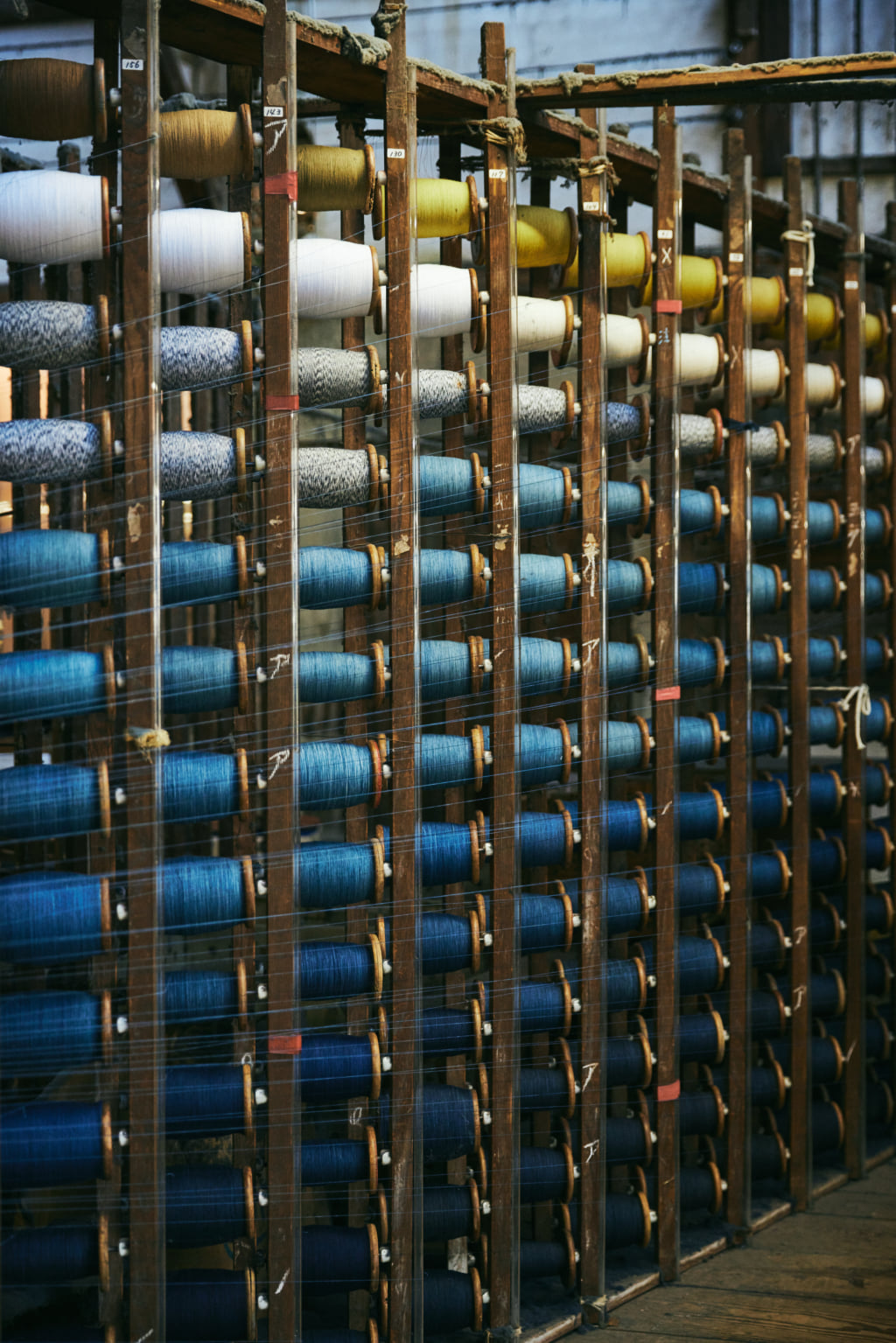
A bunch of threads with multiple colours, waiting for their turn in the Miito Orimoto workshop. With a focus on the specially striped patterns, they are challenging themselves, using their unique brand ‘Miito Ori’ to make new goods that are not limited to traditional specifications.
In Iga, kumihimo has been used for decorating accessories and obijime sashes for kimonos for many generations. ‘Iga Kumihimo’ was selected to be a traditional handicraft of Japan in 1976. Although the demand for conventional use has decreased as time has passed, Mrs. Etsuko Maezawa says optimistically, ‘It’s fun trying to make new goods while we fulfill our customers’ orders.’ In recent years, mufflers and pouches made with kumihimo techniques have begun to be commercialized.
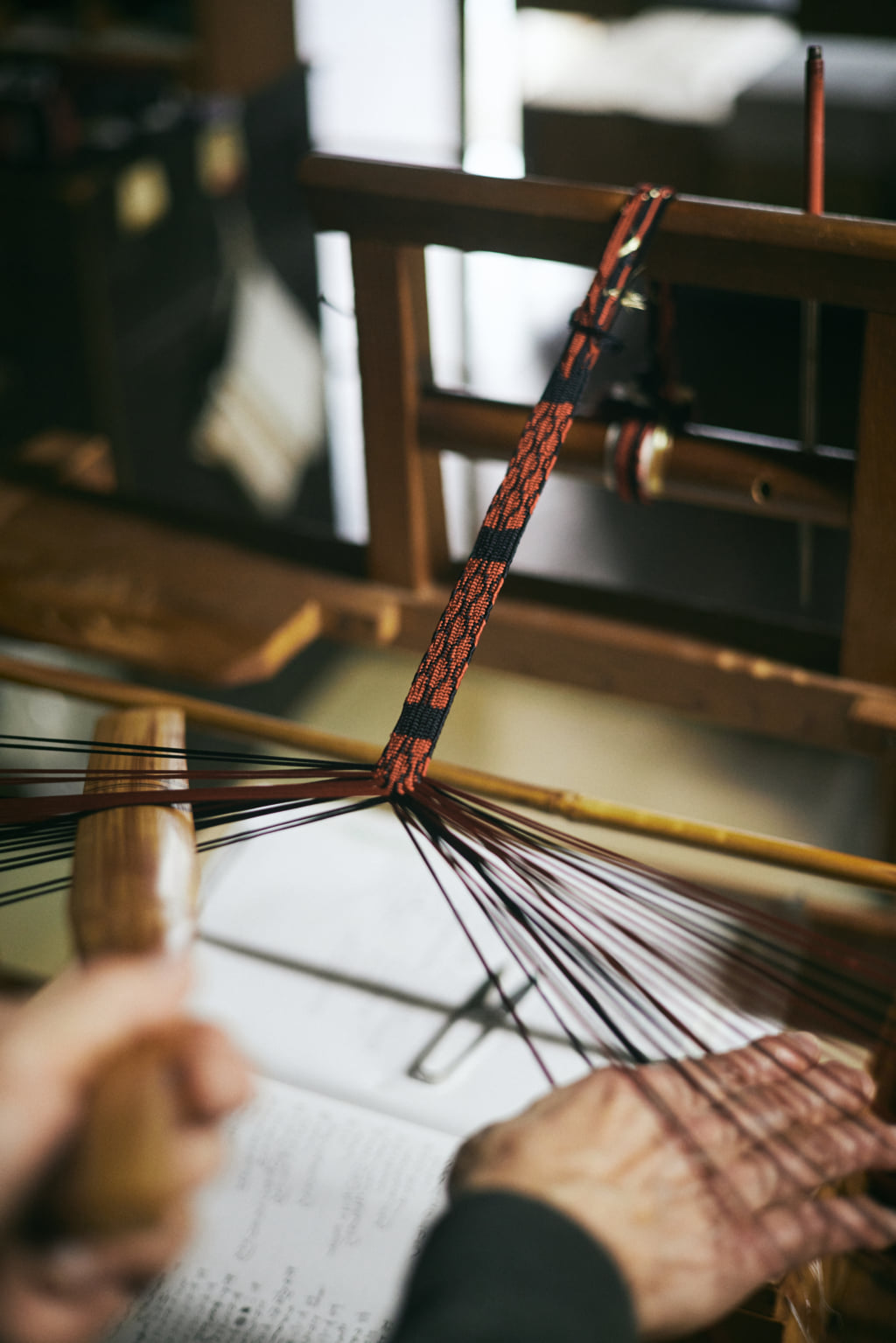
The tradition of handcrafting by weaving one string at a time. Mrs. Maezawa, a traditional craftswoman, demonstrated her handcrafting skills at the International Media Center during the Ise-Shima Summit. She explained that there are some kumihimo braids that can only be made by hand.
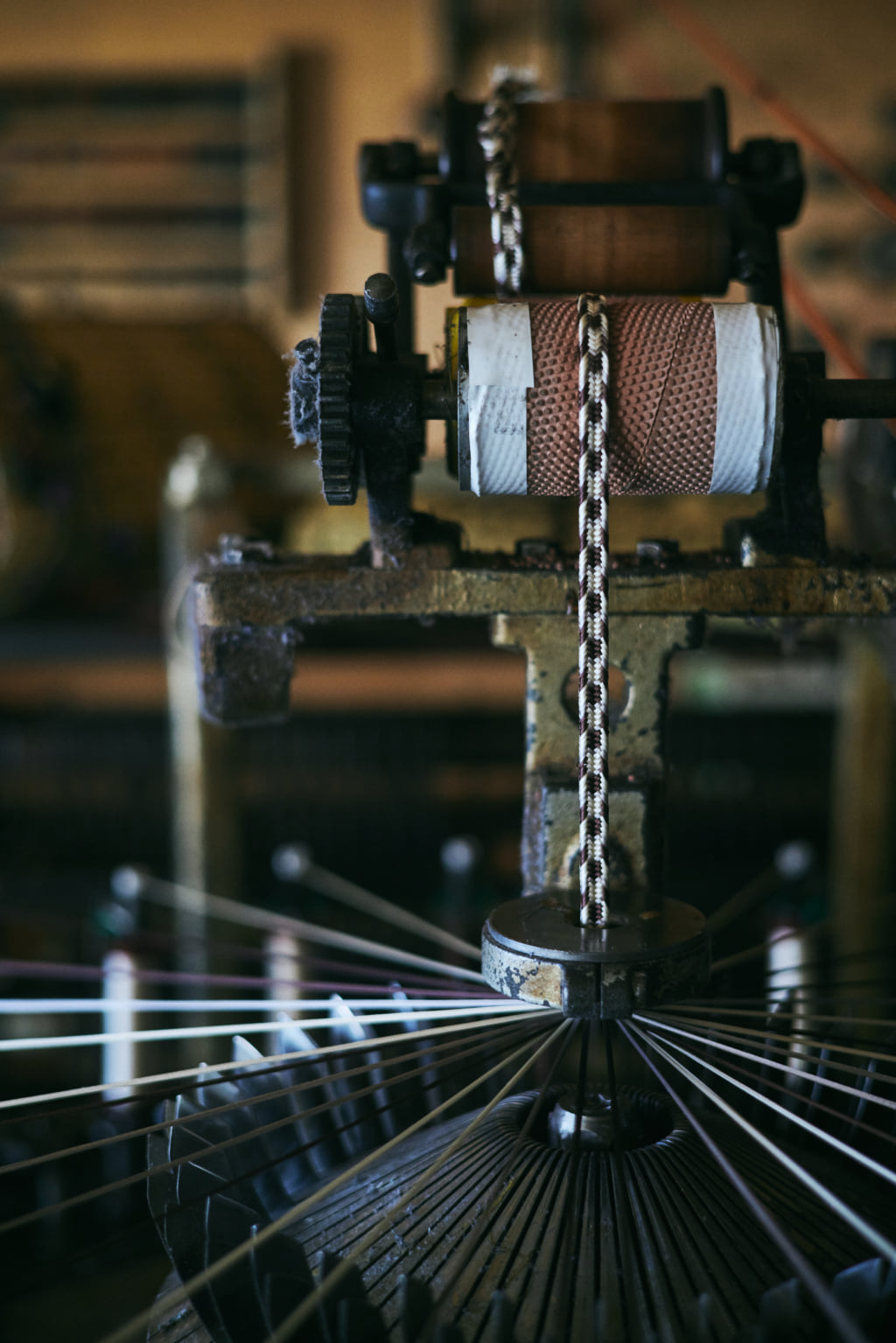
A look at the kumihimo weaving process in the Maezawa Kumihimo shop. The machines weave kumihimo by setting threads into paper, which contains a pattern in data form. The patterned paper is made by hand through trial and error.
An ‘All Mie Project’ that Shines a Spotlight on Local Mie Products
The prefecture has created other wonderful traditional crafts and local products, such as Japanese paper, woodwork, seafood, and processed food. The ‘All Mie Project’ will attempt to shine a spotlight on the charms of those items. We have gathered a special selection of businessmen together and have had many discussions about developing their goods, which transcend the stereotypes of their regions and jobs. We aimed to weave new networks that would create chemical reactions, and collaborations that would bring out the potential of everyone’s material. For example, the aforementioned Miito Orimoto manufactured white cloth for dresses under their unique brand ‘Miito Ori.’ The Maezawa Kumihimo shop made a kumihimo ribbon about eight centimetres wide. When they stitched several translucent threads together, they formed into cloth, and then the mini tote bag was reborn as a product unlike any other.
The businessmen in charge of representing Mie’s rich food culture are all participating in the ‘All Mie Project’. The ‘Yamatou’ of Minamiise is a revolutionary seafood product made by solar drying the fish, delicately removing its bones, and skewering it. Also, two old shops, ‘Shimozu Shoyu’, founded in the Edo Period, and ‘Matsujiro’s Store’, a honey store founded in the first year of the Taisho Period, have collaborated to create new products. Using these products as the ingredients, a new arranged menu has started to be made under the supervision of Ueki Toshiro, a popular chef.
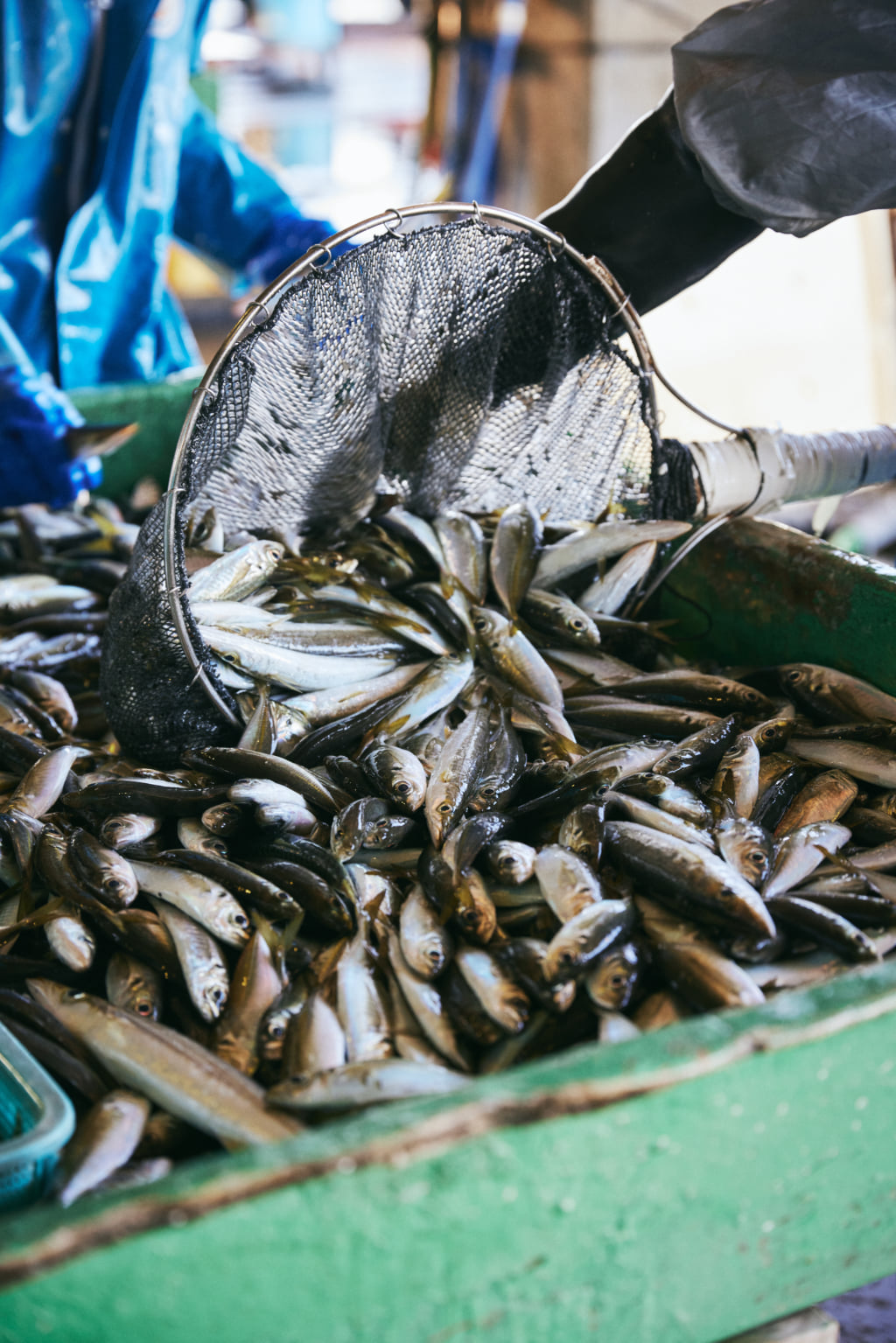
Mie, which has a coastline that extends for over 1,000 kilometres north to south, from Ise Bay to Kumanonada, has one of the most prosperous marine industries in Japan. The prefecture has circulated fresh fish and polished their processed marine-product technology for a very long time, and produces both dried fish and smoked fish.
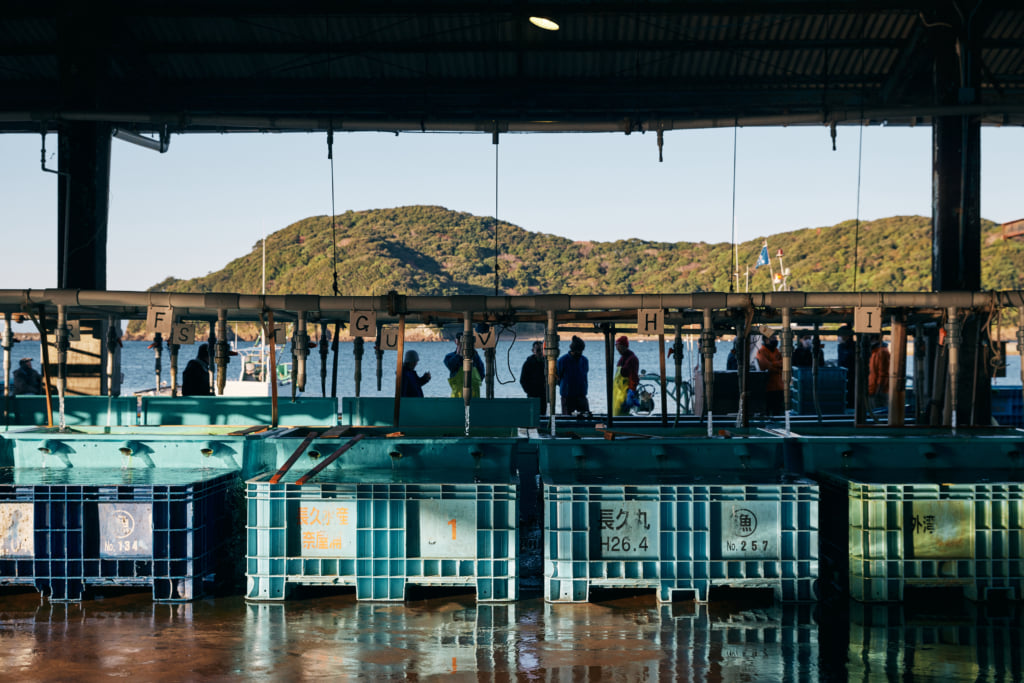
The Shukutaso Fishing Port in the town of Minamiise. Seals, puffer fish, Japanese spiny lobsters, and other diverse types of fish and seafood are unloaded at the port on beautiful mornings in the ria inlet.
TRENDING
-
The Tattoos that Marked the Criminals of the Edo Period
Traditional tattoos were strong signifiers; murderers had head tattoos, while theft might result in an arm tattoo.

-
Colour Photos of Yakuza Tattoos from the Meiji Period
19th-century photographs have captured the usually hidden tattoos that covered the bodies of the members of Japanese organised crime gangs.

-
The Trendiest ‘Sento’ and Saunas in Tokyo
The bath culture remains vibrant in the capital city, where public baths and saunas designed by renowned architects are continuously opening.

-
Rituals of Ancient Gay Shunga Erotica
Shunga was prolific in Japan during the Edo period, with ‘nanshoku’ referring to the depiction of homosexual erotica.

-
‘LSD: Dream Emulator’, an Avant-Garde Game Released on PlayStation
In this video game created by Osamu Sato and released in 1998, the player explores the surrealist, psychedelic environment of a dream.




